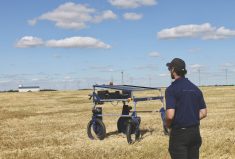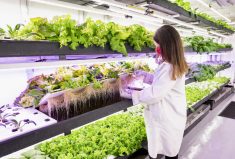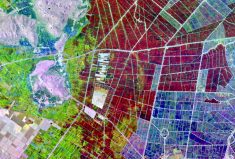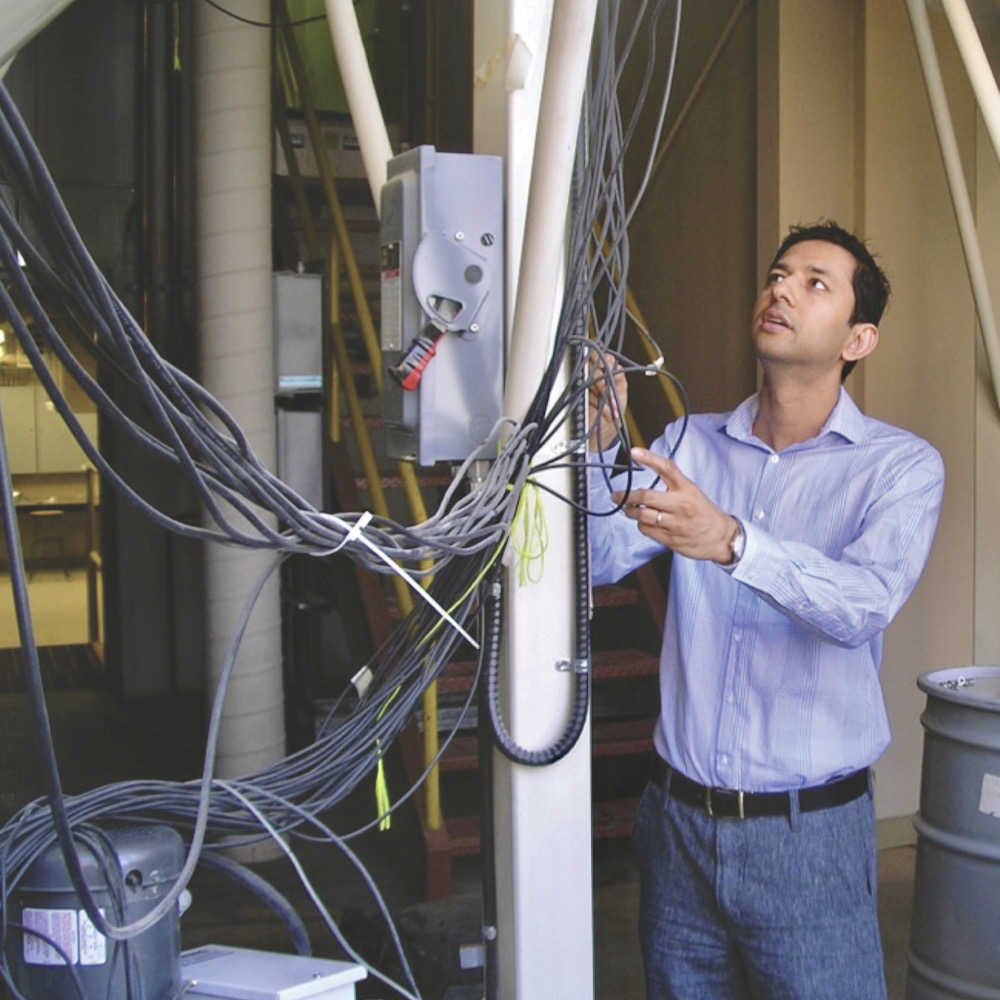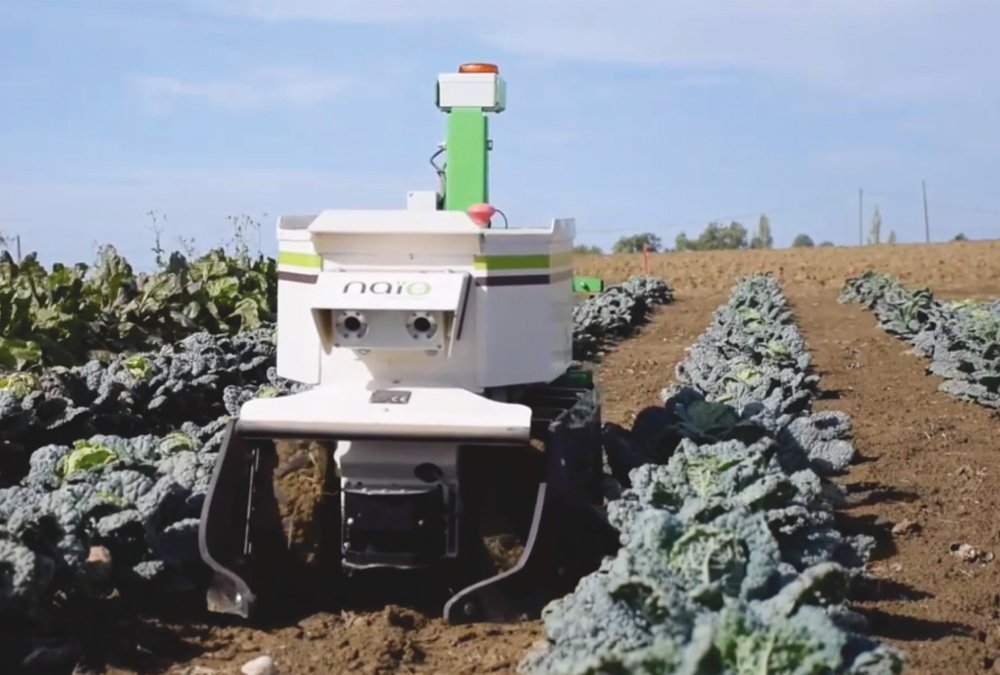Not too many of us consider the particular skills we’re using as we navigate a smart phone, or tablet, or gaming device. We figure them out by simply playing around on them. The platforms today are user friendly, easy to navigate, and chock full of data and applications that may or may not be helpful to our everyday functioning as human beings.
But the ability to use similar data and applications on new farm equipment and in agronomic practices is becoming vital to the future of our farms, which can sound like a doomsday prophesy, not only for farmers who are older but also for anyone who is less interested, or just plain scared of it.
Read Also

Agronomists share tips for evaluating new crop products and tech: Pt. 3
With new products, new production practices and new technology converging on the agriculture industry at a frenetic pace in recent…
Take heart. There are programs and systems designed to help farmers use that expensive combine, seeder or sprayer technology to its potential without having to be a member of the Geek Squad.
Considered a service by dealerships, it will cost you money, but according to many, the precision and profit it allows are well worth the fee.
Drew Watson is clearly excited about what his new Integrated Solutions (IS) department is able to offer customers at South Country Equipment. Incorporated 10 years ago, South Country is a collection of eight John Deere dealerships in southern Saskatchewan, largely family-owned and with generations of experience. Watson Distributors was part of the Weyburn, Sask. landscape for decades before it became part of the larger entity. Watson is now both owner and human resource manager with South Country.
With a customer base whose farms are growing both in size and complexity, Watson says his IS department is able to match science with what the equipment technology can do and ensure farmers are maximizing their use.
“It’s a value-added service that’s demanded by the technology and the cost of the equipment,” Watson says. “Expectations have been ramped up, so the services need to ramp up with it.”
The new department at South Country is part of a larger alliance formed in 2011 between John Deere and Agri-Trend to help farmers adopt precision-agriculture practices like variable-rate application, field mapping and GPS technologies. Since then the idea has ballooned, along with the new technologies available on today’s equipment.
“The amount of integrated technology in the new John Deere equipment compared to five years ago is phenomenal,” says Ryan Hutchison, manager of IS at South Country. For the past year Hutchison has been building his department to ensure that sales, service, parts, and customer training are indeed integrated. It’s been a time of learning. In fact, last fall the company hand-picked farmers to use the new services with the intention of determining which had value. And they didn’t charge for any service for which they could not define a measurable outcome.
Actually, the technology is a little mind-blowing. It focuses on two areas: agronomic practices and equipment performance and efficiency.
In the first instance, an in-house, independent agronomist might make recommendations about variable-rate settings, and data about the actual seeding application will be transmitted through wireless data to myJD.com where the farmer can assess it and go back if there’s been a miss.
Another system, JD Field Connect, provides an in-field, site-specific weather station which allows farmers to know conditions and react accordingly. So, for example, a farmer can know moisture conditions at time of spraying and avoid applications done at the plant’s wilting point, which aren’t as effective and might have an impact on maturity date.
“Our team gets involved from an agronomic perspective,” Hutchison says. “The cost of inputs has really driven this. The only variable costs today are inputs, so people want to do it right the first time and are very willing to pay for the service.”
The performance and efficiency aspects of integrated solutions are found in the technology on the equipment itself. “The reality is that the cost of the equipment doesn’t allow for much down time,” says Hutchison. “So we have to ensure it’s working to capacity without sacrificing quality.”
Gone are the days when a producer set the combine at the beginning of the day, said “good enough” and chugged through a field until evening. There are too many dollars at stake to throw grain out the back, so settings are imperative.
A program called JDLink connects a customer’s combine to the service department at the dealership. If a producer doesn’t like the sample quality, a technician can go online and look at the settings live, on-screen and make recommendations based on actual machine performance.
As well, monitors at the dealership provide an up-to-the-minute view of the combine’s operations, so that if a hydraulic hose is blown, a machinery alert is sent to a technician who can be on the road with the right part before the operator might even be aware there’s a problem. While it might sound a little Orwellian, it certainly creates efficiencies never before imagined. And the dealership only has access as allowed by the customer.
From the Grainews website: Listen to your air seeder
David Nagel has first-hand experience with the technology. Just as the Mossbank-area farm family changed the structure of their farm business to create efficiencies, so too have they opted for some of the new John Deere technologies, particularly those designed around equipment performance.
Three companies owned by Nagel and his wife, his brother’s family, and their parents, farm 9,000 acres under a partnership known as Hunter’s Paradise. The land is farmed as one unit, growing chickpeas, large green lentils, canola and durum, and profits are split at a predetermined percentage each year.
Each of the partners brings his own skill to the operation, Nagel’s being in finances, his brother in operations and his dad as mechanic. In the same way, he says South Country provides specialized people through the integrated solutions department. Nagel bought two S680 combines and accepted the Integrated Solutions package as part of the purchase.
“They got to know our farm, our crops, our fields,” he says. Through the harvest the farm received help with combine settings for sample quality through to service calls generated by the codes and sensors monitored back at the dealership.
“We found a huge jump in efficiency in terms of grain loss and quality of sample,” Nagel says. “We couldn’t have come to those settings on our own because they came out and did a running drop screen test (to determine) throw over so it was very accurate.”
It all adds up to operator peace of mind, and the importance of that is evidenced in Nagel’s voice. But peace of mind is one thing. All that tech is expensive. “I don’t know if we can calculate exactly the cost/benefit ratio of the tech costs after one year, but I know we (harvested) way more acres than we ever thought possible in a day, especially in a year with such huge yields,” he says.
He admits the partnership has invested in some technologies in the past that didn’t pay off, and even those that do will arrive at economies of scale eventually. But he argues the most important element is to know your financial and production numbers in order to measure accurately.
While Hunter’s Paradise is a large farm, both Nagel and South Country’s Hutchison believe the technology is useful to any size of operation, that those economies of scale apply whether you’re running one combine on a 3,000-acre farm, or three on 9,000 acres.
For any farm, the ability to put inexperienced operators in a piece of equipment and have good results is always a plus. According to Hutchison, on one farm a young, inexperienced woman actually ran the combine with greater efficiency than an older, seasoned farmer because she did what the monitors were telling her to do. Now that’s peace of mind in an environment where labour is scarce.
Even so, Nagel believes technology has to prove itself before farmers will completely trust it. He sees it as a process where new ideas are funneled through those who are early adapters and then others take and use those things that work. And perhaps the most necessary ingredient to a farmer embracing any kind of integrated technology is that he understands the theory behind it.
“There has to be a connection to the theory of why we’re doing something,” Nagel says. He says that next year he will have all of his employees included in the process so they understand exactly how a combine works and thus why individual settings are important.
For his part, Hutchison says, “We help the grower to understand what he really wants to accomplish and the reasons why he wants it. Then we can train on the specifics of how it works and how to get there. He has to understand the theory of combine fan speed to know why he needs to set it as such, why we make a setting change and the impact that has on sample quality. He needs to understand why it matters.”
Hutchison believes tech skills are important but so too is an openness to adapt to technology, and an openness as well to working with equipment technicians in the same way you might work with your accountant or marketing agent.
What’s on the horizon?
Integrated Solutions is a service that fills a connectivity gap in the centre of the production end of things, says Rob Saik, founder and CEO of the AgriTrend group. With crop prices low and land prices high, the drive for efficiency will continue and he believes its success will come down to the collection, quality and use of data.
“The whole idea of precision farming is tracking data,” he says. And while the first generation of precision agriculture was “preposterously complex,” it is now in its third iteration and farmers have adapted. “All technology gets simpler… It is a metamorphosis over time. I see it coming that we will put ourselves out of business because the farmers can do it all themselves.” Which means Saik is on the hunt for the next big thing.
He sees an eventual shift to “variable-rate everything,” including fertilizer, seeding, fungicide, crop protection products and foliar nutrition. “We will eventually couple all opportunities to do variable rate with the equipment… and it will be based on what the world of sensor technology has coming down the pipe,” he says.
Another trend is the increased calculating power of the computer. The next generation of laptops will be calculating at the same speed as the human mind, he says, and he anticipates the eventual emergence of artificial intelligence. Sensors equipped with AI will make better use of the information, making data even more critical.
If it all sounds like something from science fiction, consider how quickly the existing technologies have been developed and how quickly farmers have adapted to their use.
It seems no one can put their finger on exactly the skill sets required in this brave new world. Perhaps farmers will continue to be jacks of all trades: mechanic, techno wizard, financial analyst, agronomist, human resource manager and marketer. But it’s also true that successful farm operations have embraced the use of professionals in those areas where they may lack the necessary interest or skill. Integrated solutions that match crop science with what the equipment technology is capable of are another step on that continuum.



